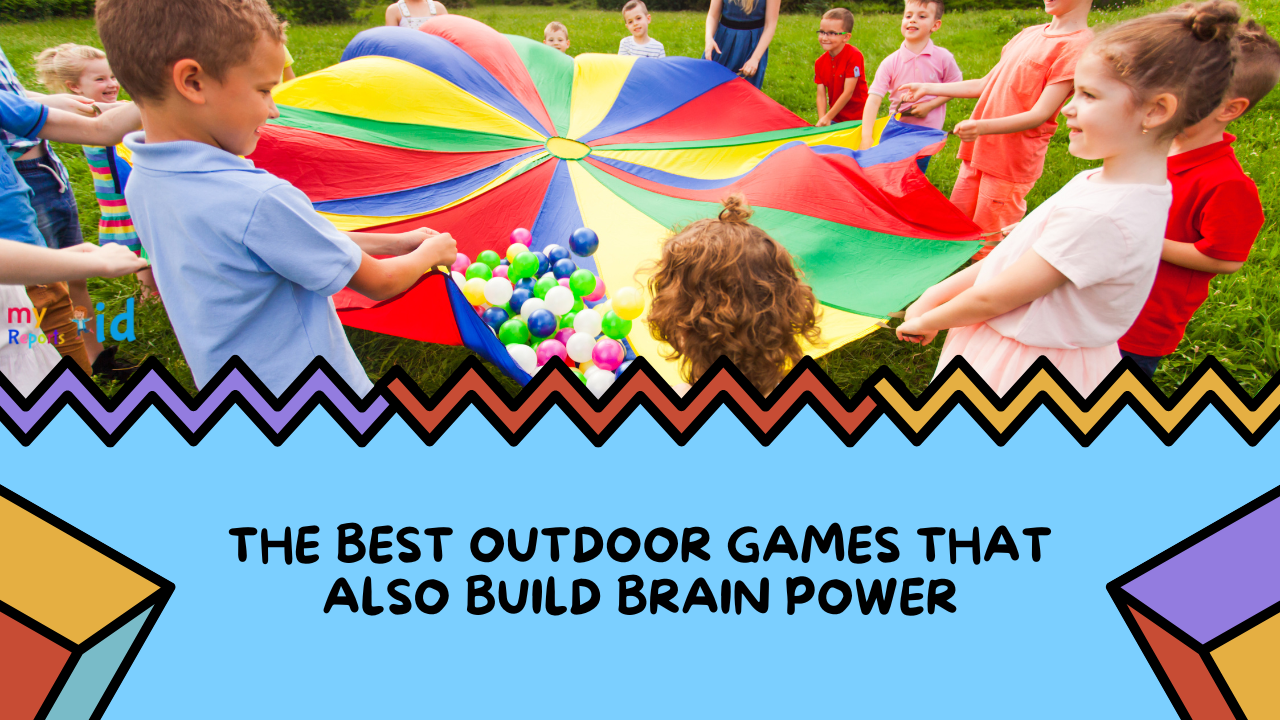Outdoor play is so much more than just fun—it's a critical component of healthy childhood development. By providing kids with an engaging, safe, and nurturing outdoor environment, you're actively helping them build strong foundations for physical, cognitive, emotional, and social well-being. But how exactly do you transform your childcare center’s outdoor space into the perfect playground?
This in-depth guide covers everything you need to know—from planning and designing, to equipment selection, maintenance tips, and fostering parental engagement—to set up an inviting, secure, and enriching outdoor play area that your childcare community will love and that Google will appreciate for ranking.
Why Invest in a Well-Designed Outdoor Play Area?
A thoughtfully designed outdoor playground benefits your childcare center immensely by:
Boosting Physical Development and Motor Skills: Outdoor play builds strength, motor coordination, balance, endurance, and agility.
Enhancing Cognitive Abilities and Sensory Awareness: Exposure to new textures, sounds, and visual stimuli directly contributes to sensory processing, spatial skills, concentration, and cognitive growth.
Promoting Social and Emotional Strength:** Outdoor spaces naturally encourage social interactions such as cooperation, teamwork, empathy, and emotional resilience.
Improving Well-Being and Mindfulness: Children naturally experience reduced stress, improved mood, increased attention spans, and better sleep patterns when spending regular time outdoors in a welcoming environment.
Crucial Considerations When Designing Your Outdoor Area
Before jumping straight into playground construction, pause to consider these critical initial planning steps:
Evaluate Your Available Space Carefully
Take a close look at your property to identify opportunities and potential challenges:
- Accurate measurements for space planning
- Identification of potential hazards (sharp edges, uneven ground, poisonous plants, etc.)
- Accessibility considerations, including inclusive elements such as ramps, padded surfaces, and wider pathways that accommodate all kids’ abilities equally.
Familiarize Yourself with Safety Standards and Regulations
Ensuring safety compliance is non-negotiable. Make sure to:
- Understand and regularly review local childcare licensing guidelines, playground safety certificates, and mandated ADA compliance standards.
- Select playground equipment specifically certified for your children's age groups.
- Commit to regular safety inspections, documentation procedures, and maintenance schedules.
Choosing the Right Playground Equipment and Materials
Selecting the right play structures and surfaces will significantly influence your playground’s safety, appeal, and durability. Here's what to consider:
High-Quality Playground Equipment
Include play structures that invite exploration, engagement, and skill development, like slides, swings, climbing frames, balance beams, and sensory stations:
- Choose robust, weather-resistant, non-toxic equipment.
- Align equipment choices with children’s ages, development stages, and specific needs.
- Ensure proper installation according to manufacturer guidelines, always prioritizing safety first.
Safe Surfacing Materials
Selecting quality, cushioning surfaces means happier children and reduced accidents. Popular surfacing options include:
- Rubber mulch
- Engineered wood fiber
- Rubber tiles
- Artificial turf
- Sand and pea gravel (carefully evaluate pros and cons regarding maintenance and safety)
Always conduct regular inspections and cleanings to maintain hygienic, safe play environments.
Crafting a Stimulating Playground Environment
Your outdoor space should inspire curiosity, creative play, physical movement, and restful moments. Apply these concepts for a balanced, inviting layout:
Integrate Natural Landscape Elements
Incorporate nature for sensory-rich experiences that spark curiosity:
- Create green spaces with plants, gardens, trees, logs, or boulders.
- Offer a variety of textures, smells, sounds, and visual stimuli.
- Encourage natural exploration to promote creativity, relaxation, and imaginative play.
Areas to Spark Imaginative Play
Help children cultivate imagination, storytelling skills, and social bonds:
- Add creative structures like playhouses, teepees, outdoor kitchens, or performance stages.
- Set up art stations, sensory bins, or imaginative activity areas.
- Provide opportunities to engage in pretend play, collaboration, and group problem-solving.
Encourage Active Movement and Healthy Risks
Promote skill-building activities and gross motor skills:
- Include climbing structures, stepping stones, balance beams and safe obstacle courses.
- Choose challenging (yet age-appropriate) equipment to build confidence, coordination, and resilience.
- Design areas thoughtfully to ensure challenges are fun but safely manageable.
Quiet, Calming Spaces for Rest
Not every outdoor moment should be high-energy—children also need peaceful spots to recharge:
- Provide quiet corner areas with shaded seating and calming sensory experiences.
- Offer comfortable benches, cozy nooks, or relaxation stations.
- Create specific spaces for emotional decompression and restful recovery during play breaks.
Maintaining a Consistently Safe Outdoor Playground
A secure play area is an ongoing responsibility. Implement these best practices:
Conduct Routine Playground Inspections
Make safety inspections effortless and systematic:
- Implement daily, weekly, monthly, and annual playground checklists.
- Train your team to identify and promptly address hazards.
- Clearly assign maintenance responsibilities and tasks among your staff.
Adapt to Seasonal Weather Conditions
Be ready to tackle weather challenges proactively:
- Manage hazards from heat, cold, ice, snow, and rain.
- Develop weather-specific emergency action plans.
- Ensure availability of items such as shade canopies, hydration stations, proper drainage systems, and safe deicing methods.
Engaging Families and Staff in Supporting Your Playground Goals
A thriving community playground thrives even more with real collaboration:
Consistent Communication: Share your playground philosophy, safety procedures, and updates with staff and parents regularly.
Seek Active Feedback: Encourage families and staff to contribute ideas and suggestions frequently.
Comprehensive Staff Training: Equip your team with up-to-date playground safety knowledge and best practices to increase confidence and accountability.
Conclusion: Creating Outdoor Spaces That Nurture Growth and Connection
A successful childcare playground requires thoughtful planning, smart design choices, and consistent upkeep—balanced harmoniously with engagement, exploration, and sensory learning. With these tips, you’re well-equipped to offer an enriching outdoor play space that promotes child development, fosters community confidence, enhances your childcare reputation, and fulfills Google’s quality standards.
Want Even More Assistance for Your Play Area Planning?
Don’t miss our helpful and downloadable free [Outdoor Play Area Setup Checklist]( to make playground planning easier, affordable, and highly effective.
Looking to further optimize your childcare operations? Consider exploring specialized childcare management software designed specifically to help you simplify compliance, facility maintenance, safety documentation, and inspection routines.
Schedule Your Free Demo Today!
Book a Demo Now!
Also Claim your Listing Now to get on top nearby your areas!


.png_1747944289579.png)


